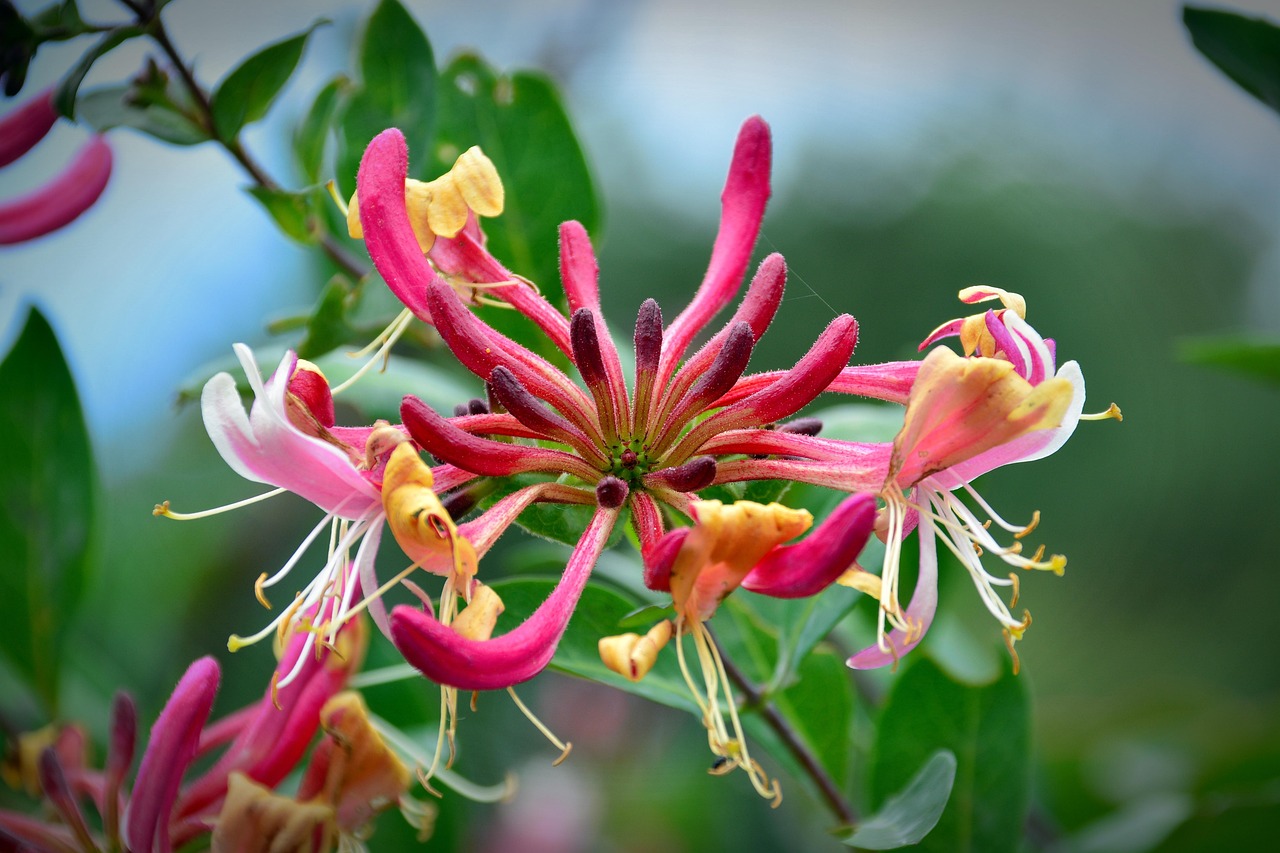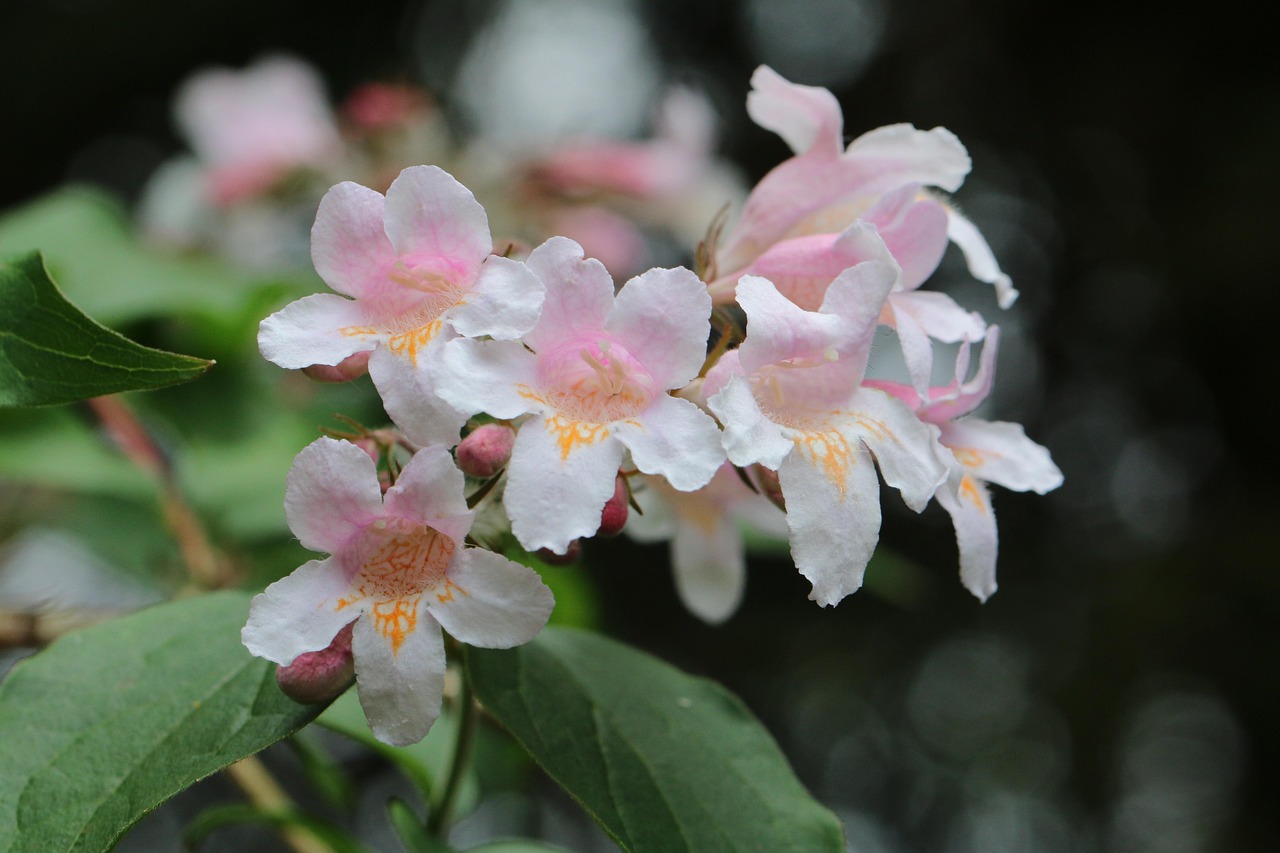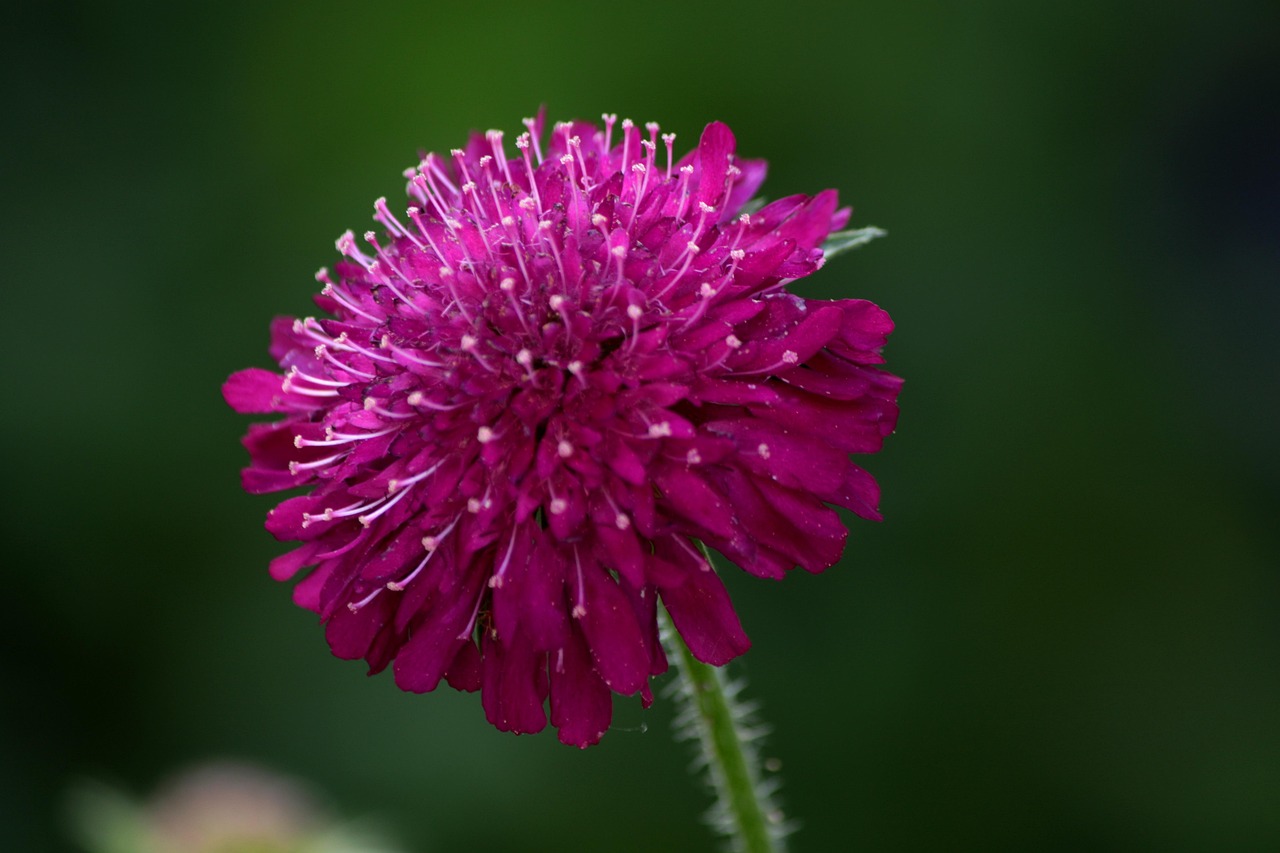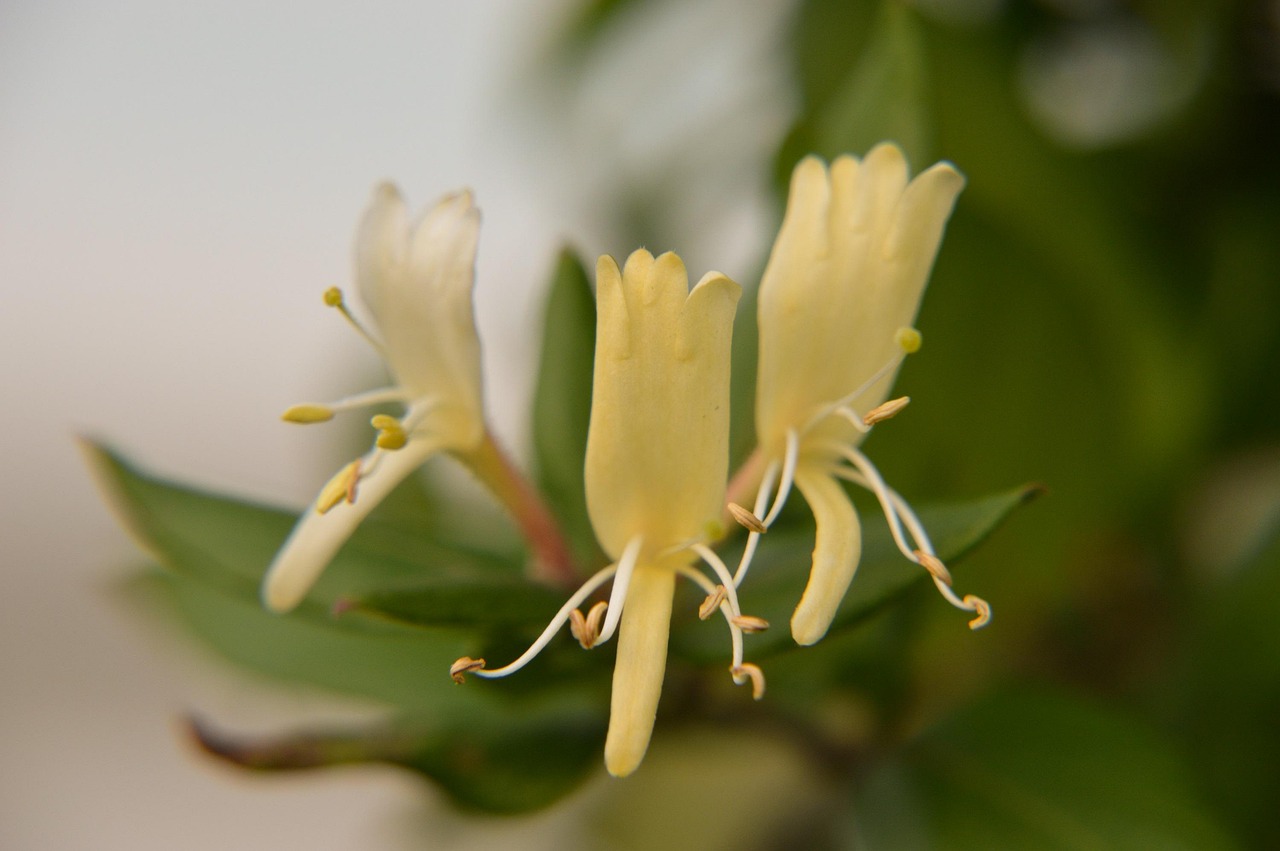Scabiosa | A Graceful Wildflower from the Herbal Garden
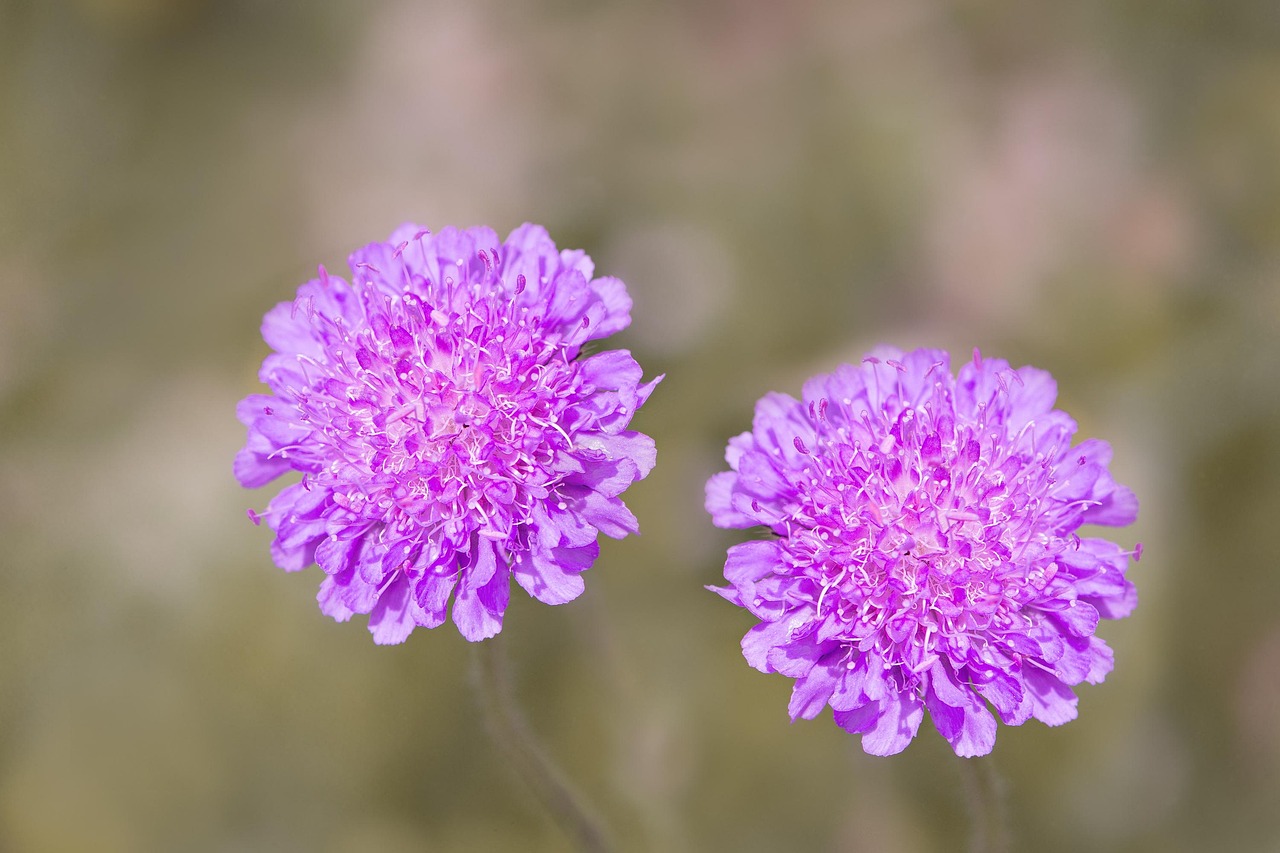
Scabiosa is a plant admired for its delicate petals and light, airy blossoms.
With its elegant appearance swaying in the wind, it is also known as the pincushion flower and has long been cherished in gardens and as a cut flower.
In this article, I will introduce the basic information, cultural significance, history, and cultivation tips of Scabiosa.
Basic Information
- Scientific name: Scabiosa spp.
- Family: Caprifoliaceae
- Origin: Temperate regions of Europe, Asia, and Africa
- Appearance: It produces rounded flowers at the tips of slender stems. The blossoms vary in color—purple, pink, white, cream, and more—depending on the variety. The fine texture of the petals and the clustered central florets are distinctive features.
- Blooming season: From spring to autumn, offering a long flowering period.
Cultural Significance Around the World
Thanks to its elegance, Scabiosa has been widely loved, particularly in Europe.
In the United Kingdom, it is considered an essential flower for natural-style gardens and is often planted in cottage gardens or wildflower mixes.
In France, its soft colors and refined form are highly appreciated, making it a popular choice for garden decoration and floral arrangements.
The flower is also rich in symbolism. In Europe, it is sometimes called the “widow’s flower,” representing remembrance and melancholy. In Japan, it conveys meanings such as “grace” and “charm,” symbolizing delicate beauty.
Historical Background
The name Scabiosa derives from the Latin scabies (scab or skin disease), reflecting the medieval belief that the plant could heal skin ailments.
For this reason, it was cultivated in monastery gardens and herbal plots, valued for both medicinal and ornamental purposes.
From the 18th century onwards, its ornamental value increased, and selective breeding was carried out in England and France.
During the Victorian era, its delicate form came to symbolize femininity and was incorporated into gardens and interior decorations.
In 19th-century Europe, where the language of flowers was significant, Scabiosa often appeared in literature and poetry as a symbol of farewell and wistfulness.
Gardening Advice
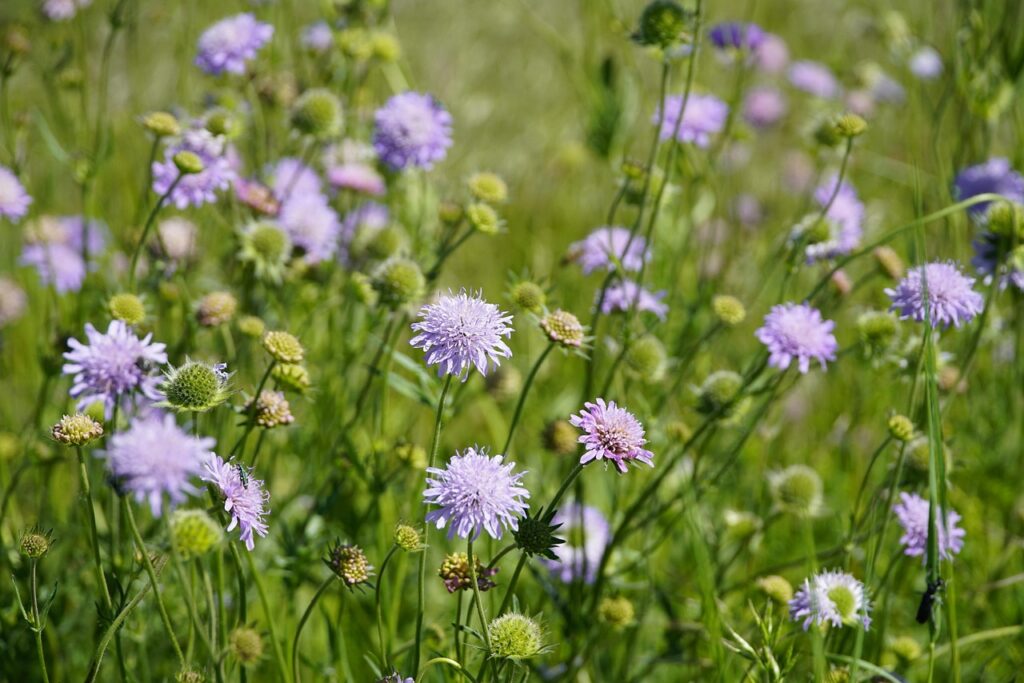
To grow Scabiosa beautifully, it is important to provide suitable conditions.
Sunlight
Prefers full sun. It can grow in partial shade, though flowering may be reduced.
Watering
Avoid excessive moisture. Water when the soil surface is dry. Good drainage is essential.
Soil
Sandy, well-drained soil is ideal. Mixing leaf mold or perlite helps improve drainage.
Fertilizer
Apply diluted liquid fertilizer once or twice a month during the growing season. Choose a balanced fertilizer, as too much nitrogen will cause weak, elongated stems.
Pruning
Remove faded flowers promptly to encourage continuous blooming.
Cold tolerance
Many varieties are hardy, but in colder regions, mulching around the base in winter will protect the plant from frost.
Conclusion
Scabiosa is a plant defined by its delicate petals and graceful form.
It has long been cultivated in European gardens, especially in English cottage gardens and French floral arrangements.
While it was once valued as a medicinal herb in the Middle Ages, since the 18th century its role as an ornamental plant has grown.
With proper sunlight and watering, you can enjoy its flowers from spring through autumn.


